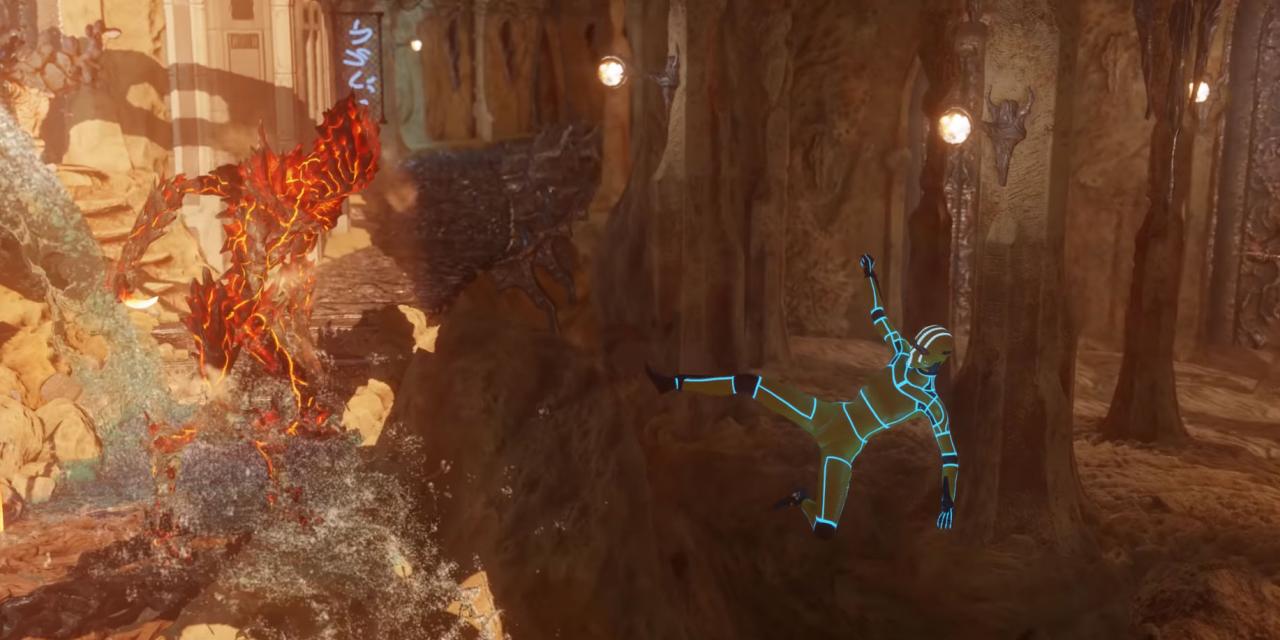
Google's Stadia is an exciting new game streaming platform that holds a lot of potential. No longer will gamers have to own the latest hardware to play the latest games at full resolution and detail levels. An interesting consequence of this style of game deployment though could be in the hardware Google uses. It's planning to use mostly AMD cards in its datacenters, which is intriguing in itself. But as UL Benchmarks (formerly Futuremark) has shown in a new demonstration, it could help popularize multi-GPU gaming once again.
"For the last few months, we've been working with Google to create a real-time demo of cloud-based, multi-GPU rendering to show how games might use the extra performance available through Stadia," UL said in a statement. "In our demo, one GPU handles most of the traditional geometry rendering. Additional GPUs are called in as needed to enhance the scene with dynamic fluid simulations and complex particle effects."
Crossfire and SLI have never been popular solutions. While they could offer increase graphical horsepower (and still do, to some extent) in certain games and benchmarks, it's never linear and the hiccups and costs associated with it mean it's only ever been an enthusiast-enjoyed feature. But Google has the money and the scale to leverage multiple graphics cards for singular games and gamers and that could mean that it's worth it for developers to consider properly supporting Crossfire/SLI again.
It wouldn't be called that anymore, as both AMD and Nvidia have retired those names and technologies. Today it's xGMI and NVBridge, but you get the picture.
If Google starts leveraging multiple graphics cards to improve visuals or frame rates as and when required, developers could start to support it more, making for greater benefits of multiple graphics cards, which in turn means gamers could adopt such technologies at home. If gamers could get close to two times the power from using multiple GPUs, with less headaches getting it working, far more gamers could take advantage. Especially since a pair of mid-range cards would be a lot cheaper than a high-end one.








